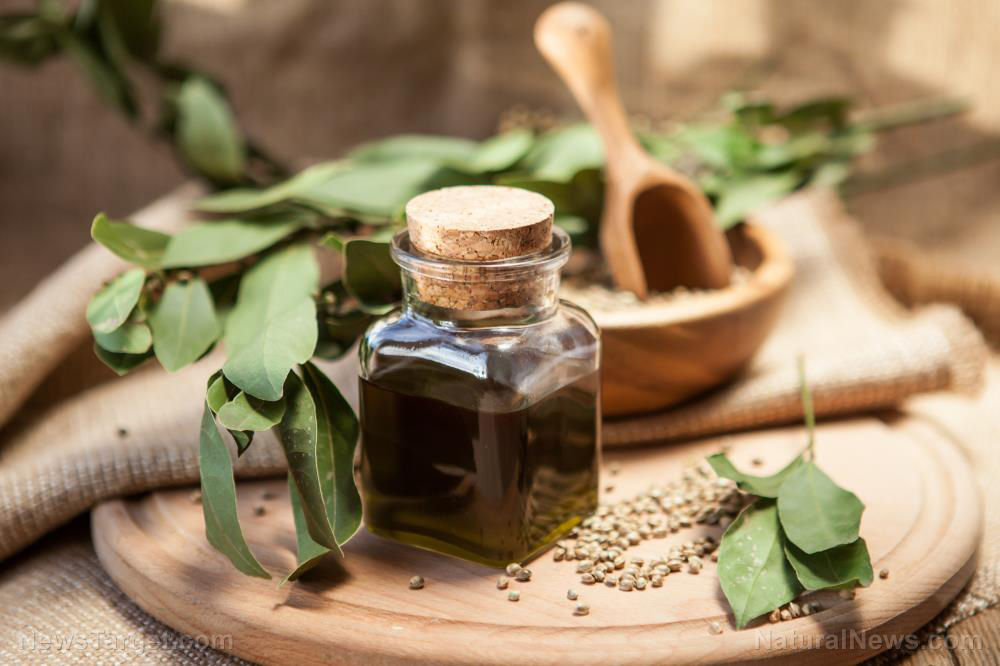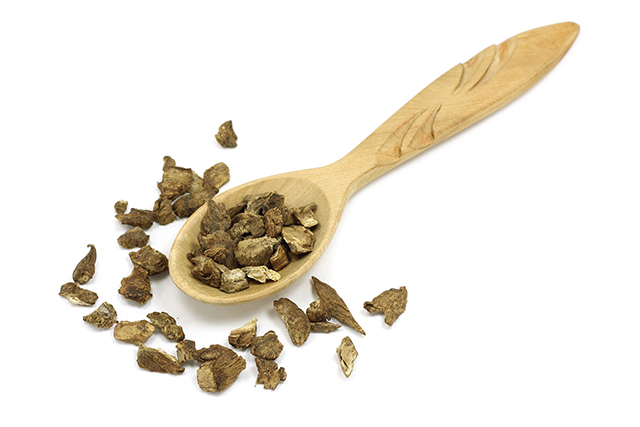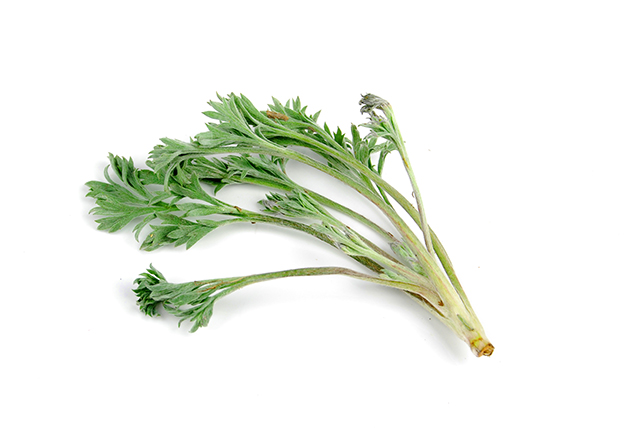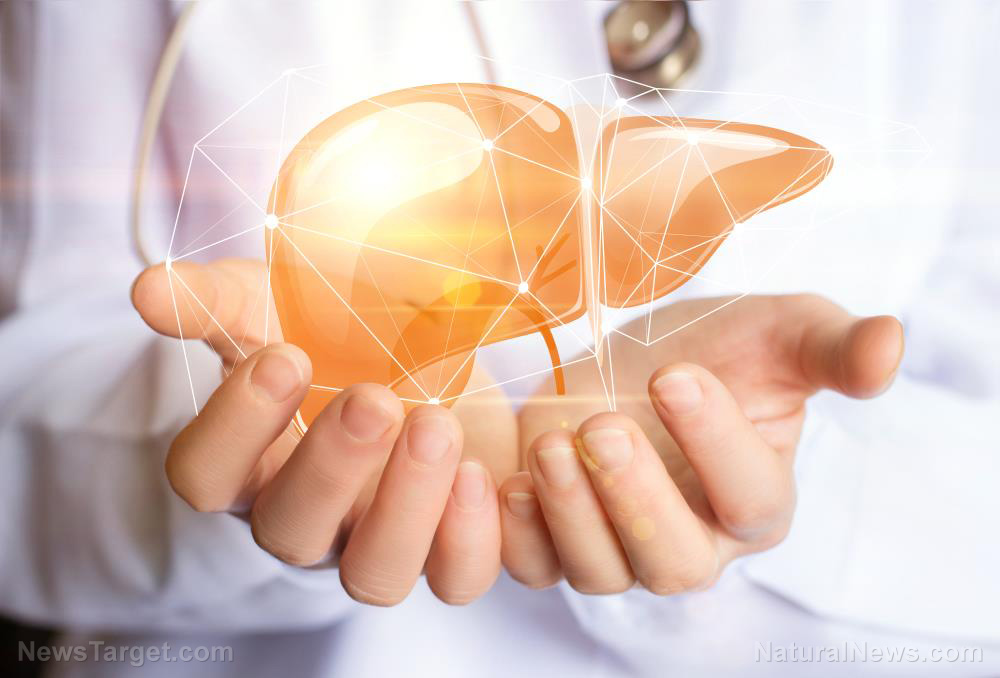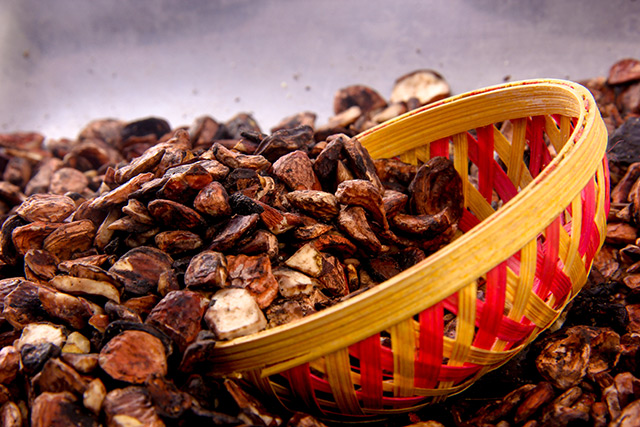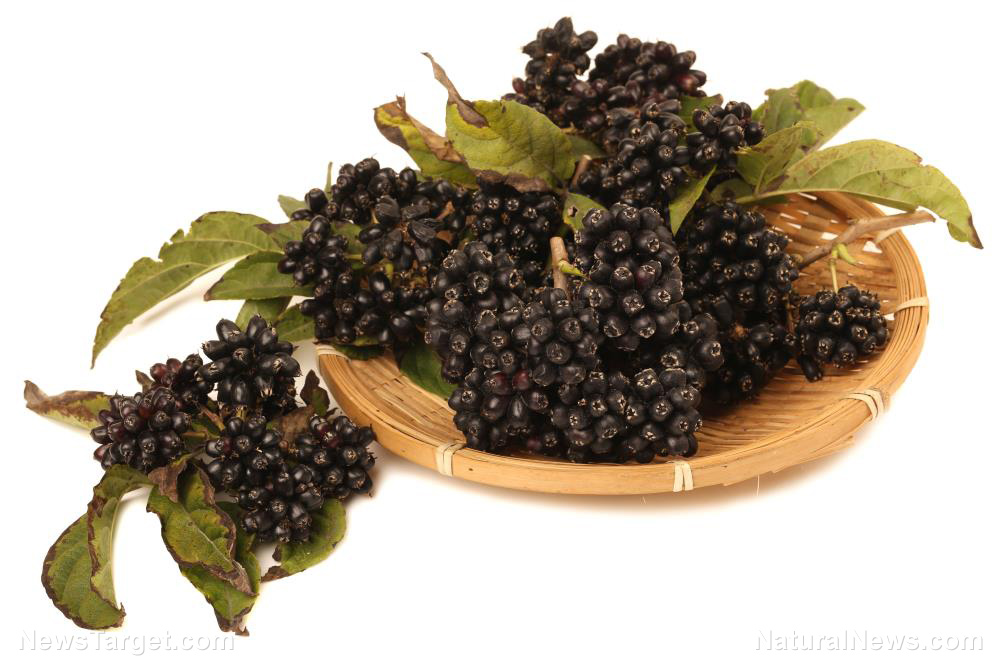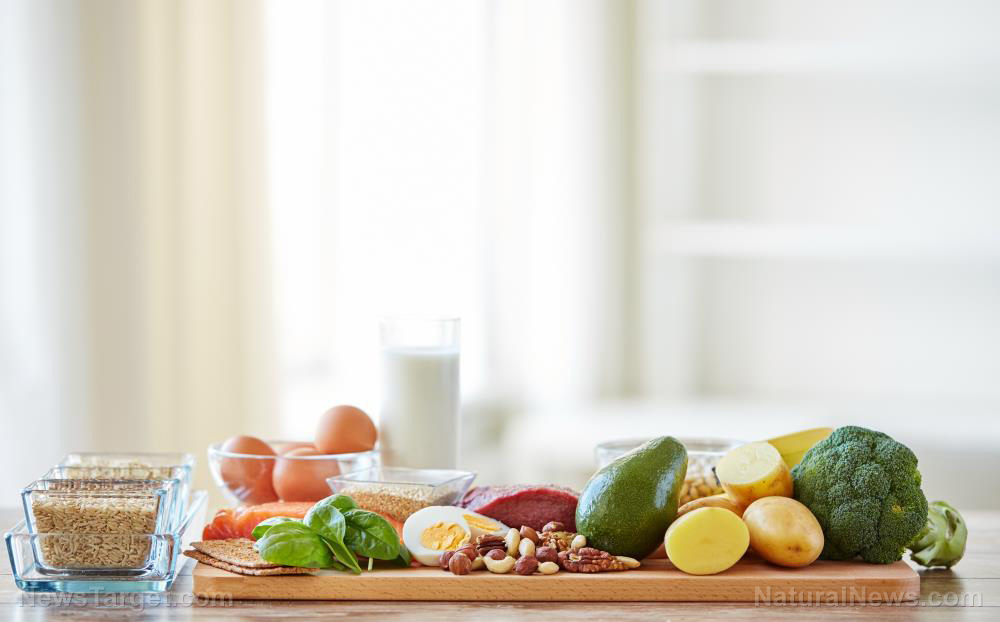Simple lifestyle changes to relieve chronic pain
06/21/2019 / By Isabelle Z.

If you suffer from chronic pain, chances are you’ve already tried quite a few pain remedies, whether it’s over-the-counter or prescription pain medication or alternative treatments like acupuncture. However, many people overlook the importance of changing their diet when it comes to addressing pain.
Food can serve as medicine when it comes to many ailments – perhaps you’ve heard of eating cherries for gout or turmeric for arthritis – and pain is no exception. In fact, an anti-inflammatory diet can go quite far as part of an integrative approach to pain management, and making useful changes in what you eat is easier than you think.
First, a good rule of thumb is to avoid all processed food and meats. Instead, your focus should be on plant-based, natural foods that are rich in nutrients. You might not have to take this to the extreme if you’re in good health and your chronic pain is relatively mild. Experiment with reducing or eliminating foods like sweets, rice, wheat, dairy, corn and red meat while increasing your intake of whole vegetables and fruits; animal proteins such as chicken and fish should be fine in moderation.
There are a few nutrients you should focus on in particular to help with pain. Here’s a look at four that could make a big difference.
Turmeric: Part of the ginger family, this root is known for its ability to reduce inflammation. You can buy it ground into a spice that works well in a lot of savory dishes, or you can make a tea from it. However, many people opt for capsules of 500 milligrams to address back and joint pain – just make sure you get it from a trusted source and take it with a pinch of black pepper to boost its bioavailability.
Vitamin D: Vitamin D has really been making a name for itself recently as more research has come to light showing its many health benefits, and reducing pain is one of them. This vitamin stops your immune system from overreacting by creating chronic inflammation, which is at the root of many types of pain. Lots of people are deficient in this vitamin; you can get a blood test if you’re unsure. Foods that naturally contain vitamin D include fatty fish like mackerel and salmon, egg yolks and cheese, but you’re usually better off heading outside and getting about 15 minutes of sun on unprotected skin a few times a week, which will spur your body to make all the vitamin D you need.
Omega 3 fatty acids: The essential fatty acids EPA and DHA promote compounds known as resolvins, which can restore your immune and nerve cell function and curb pain. A study in arthritis patients found that taking fish oil reduced their needs for drugs like ibuprofen and aspirin. Consider foods like salmon, mackerel, sea bass, sardines, oysters, and shrimp. If you’re not a fan of seafood, try chia seeds, algae, hemp seeds, walnuts, or flax seeds.
Glucosamine and chondroitin: Both glucosamine and chondroitin are components of the cartilage in your body, and supplements containing them help relieve joint pain. Although many glucosamine supplements are made by crushing the outer shells of crustaceans, the meat of foods like crawfish, lobster, crab and shrimp only provides trace amounts of it, so supplements are usually your best route.
If you’re dealing with chronic pain, you already know that you can’t just take a pill and forget about it – nor would you want to, considering all the side effects you’d have to deal with. A holistic approach that combines an anti-inflammatory diet with stress-relief techniques like yoga and regular exercise could well be what finally brings you some much-needed relief from your pain.
Sources for this article include:
Tagged Under: alternative medicine, anti-inflammatory diet, back pain, chondroitin, glucosamine, inflammation, natural cures, natural medicine, omega 3, pain relief, phytonutrients, prevention, remedies, supplements, turmeric, vitamin D
RECENT NEWS & ARTICLES
COPYRIGHT © 2017 REMEDIES NEWS

